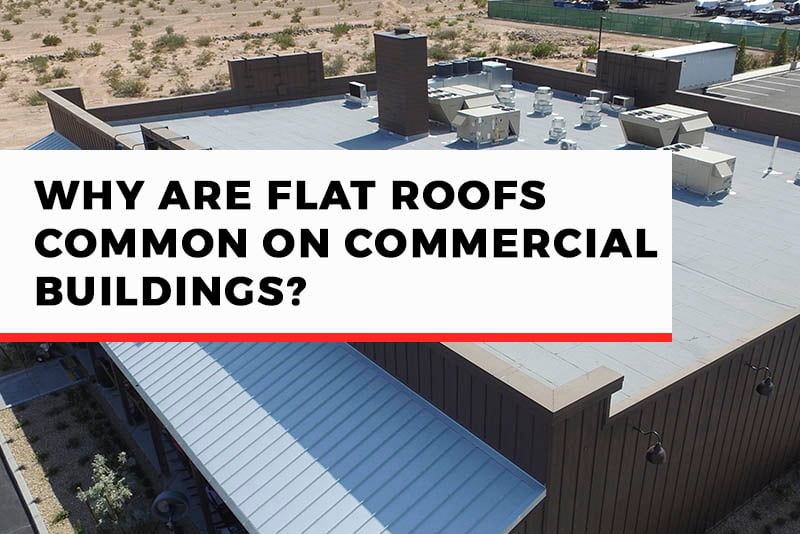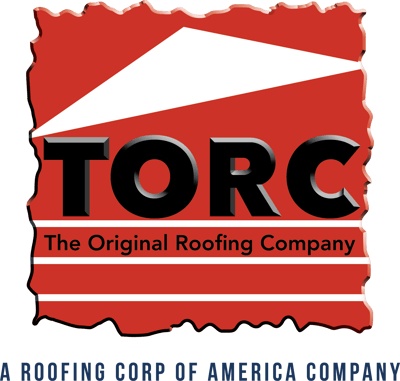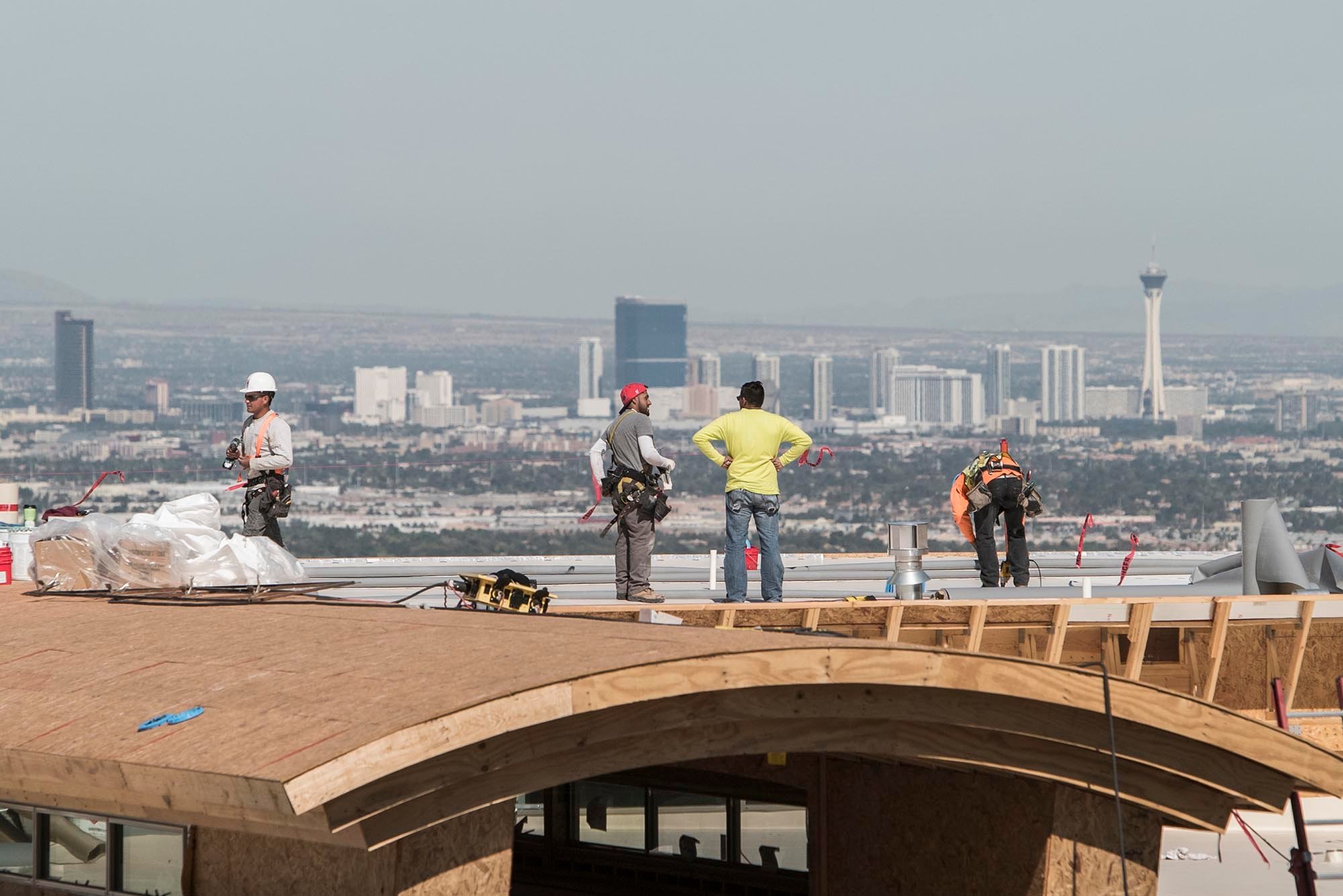
When you’re evaluating the cost of roof replacement and roof repair, you may notice big differences in cost, material, and maintenance between flat roofs and sloped roofs. So why do some buildings have flat roofs while others such as residences have peaked roofs? As it turns out, flat roofs are particularly common on commercial buildings, and there’s a couple of interesting reasons for that.
Need Help a Flat Roof Installation or Repair in Las Vegas
Call Us (702) 739-7663
Why Are Flat Roofs Common on Commercial Buildings?
There are three primary reasons for having a flat roof, especially for commercial buildings.
1. Cost Effectiveness
First and foremost, a flat roof is cheaper to build and maintain than a more traditional sloped roof. It does have some unique problems to account for as well, though. For one, flat roofs, if designed or sloped improperly, can be subject to ponding water. This water accumulation can cause leaks and structural problems if left too long.
At the same time, a properly designed and maintained flat roof has a number of cost benefits as well, including reducing heating and cooling expenditures. This effect can be increased depending on what exactly is on your roof.
Related: How to Fix a Leaky Flat Roof
2. Extra Roof Space
The answer can be “a lot.” Flat roofs are popular for commercial and city structures because they essentially add another floor to the building. This extra space can be used in a large number of ways, including:
- Green rooftop. By installing a rooftop garden system on the building, you can improve water control, reduce heating and cooling costs, and provide building residents a relaxing environment for breaks or meetings—all while being environmentally conscious.
- Extra energy efficiency. The extra space can be used for solar panels, to make your building more energy efficient, or to allow for more powerful or extensive HVAC systems. Additionally, installing the HVAC systems on the roof helps to keep them more secure and out of the way as opposed to putting them near street level.
- Failing extra utility, the large, flat surface area can have special protective and reflective coatings applied to it such as SPF or TPO. Each type of roofing material provides different benefits but also has unique drawbacks. Research this thoroughly if you are considering installing a flat roof.
Related: Reflective Roof Coatings: What Are the Benefits?
3. Height Limits
A common problem that buildings in cities run into is a height limit as dictated by city codes. A flat roof allows for a building to have the most possible usable square footage while staying with code limits. This isn’t a factor that is commonly on people’s radars when they’re walking through a city but is very important to consider from the builder’s or manager’s side of things.
These are the most important reasons to consider a flat roof, especially for a commercial building. Like anything else in life, there are both pros and cons, benefits and drawbacks. Which path you choose is dictated by your hierarchy of needs and values, and regardless of any of the advantages of flat roofs, traditional peaked or sloped roofs can lend far more aesthetic charm to a building, which can certainly matter to some people. The devil, as it were, is in the details.




